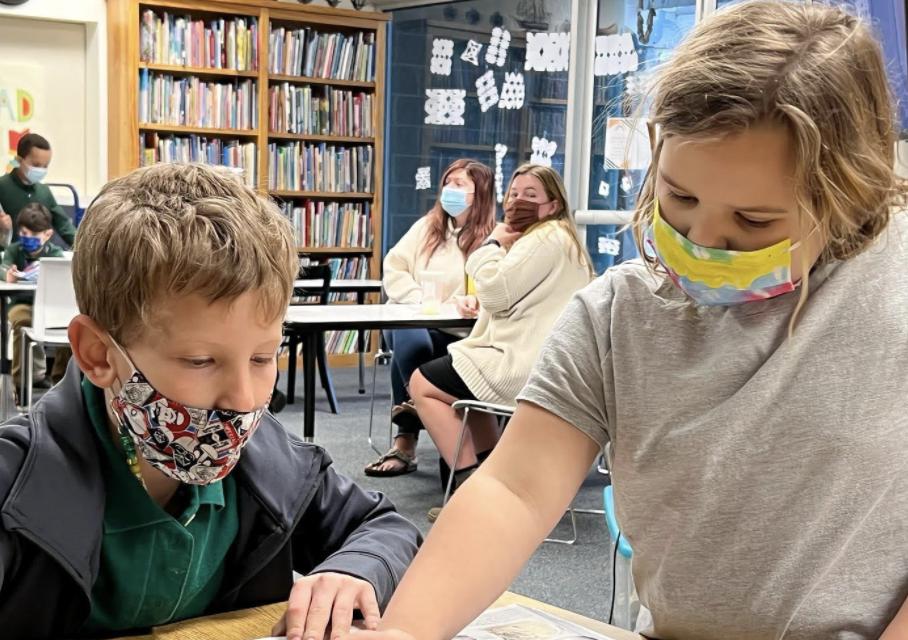For 26 years, Radcliffe Creek School has excelled in offering students alternative ways of learning based on the principle that bright students who struggle in traditional learning environments can succeed with customized instruction.
For nineteen of those years, Ben Joiner has devoted his teaching and administrative skills to Radcliffe, first as a teacher and since 2016 as Assistant Head of School after two years as Assistant Head of School at Kent School.
Noting that every student responds differently to teaching and that some students engage more successfully in smaller-class, individualized learning, Joiner sees Radcliffe as a dynamic environment to empower children by taking classes based on their skills rather than their age.
Although Joiner spends most of his time in his administrative position, the pandemic required a nimble “all hands on deck” approach to keeping the school open, safely regulated, and staffed, a need that returned him to the classroom.
“Because we are small, have a small faculty and small student body, it gives us an opportunity be nimble. We can make changes, we can be dynamic and look ahead and anticipate what we need to do to make ourselves better,” he says.
Asked if he wanted to address any misconceptions about the alternative learning environment, Joiner said that he wanted people to more fully understand students as “unique learners,” and because their education is customized and non-traditional it should not be confused with therapeutic schools for students with emotional and behavioral problems or a school for kids who “can’t hack traditional schools.”
In fact, many bright Radcliffe students perform well beyond their grade level. It’s about finding the right fit for their learning.
The Spy recently talked with Ben Joiner about the Radcliffe Creek School teaching environment.
This video is approximately ten minutes in length. More about Radcliffe Creek School may be found here.



Write a Letter to the Editor on this Article
We encourage readers to offer their point of view on this article by submitting the following form. Editing is sometimes necessary and is done at the discretion of the editorial staff.